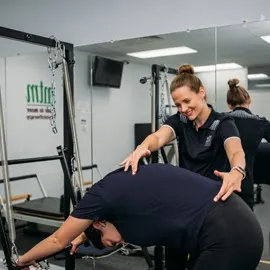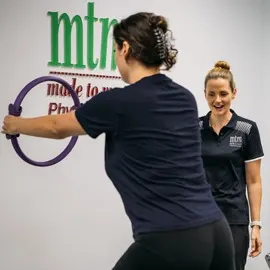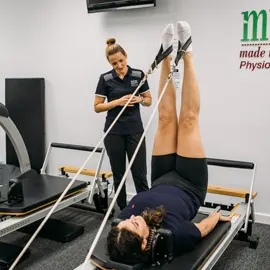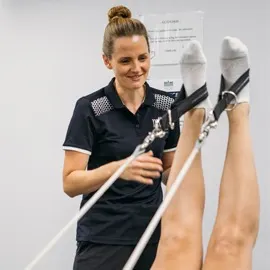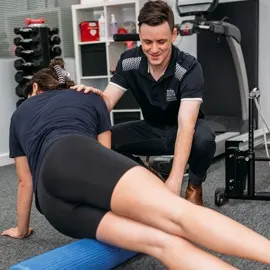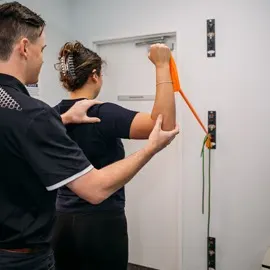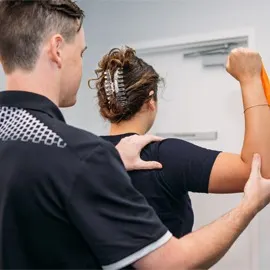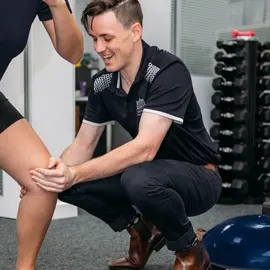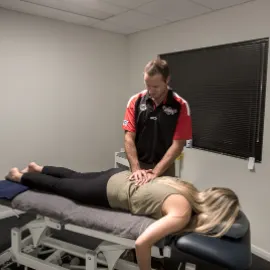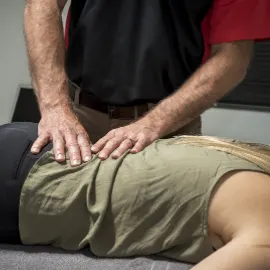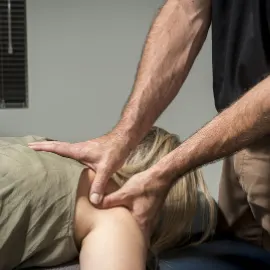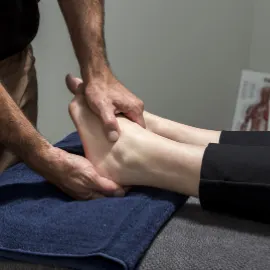How to Prepare for a Skiing/Snowboarding Trip
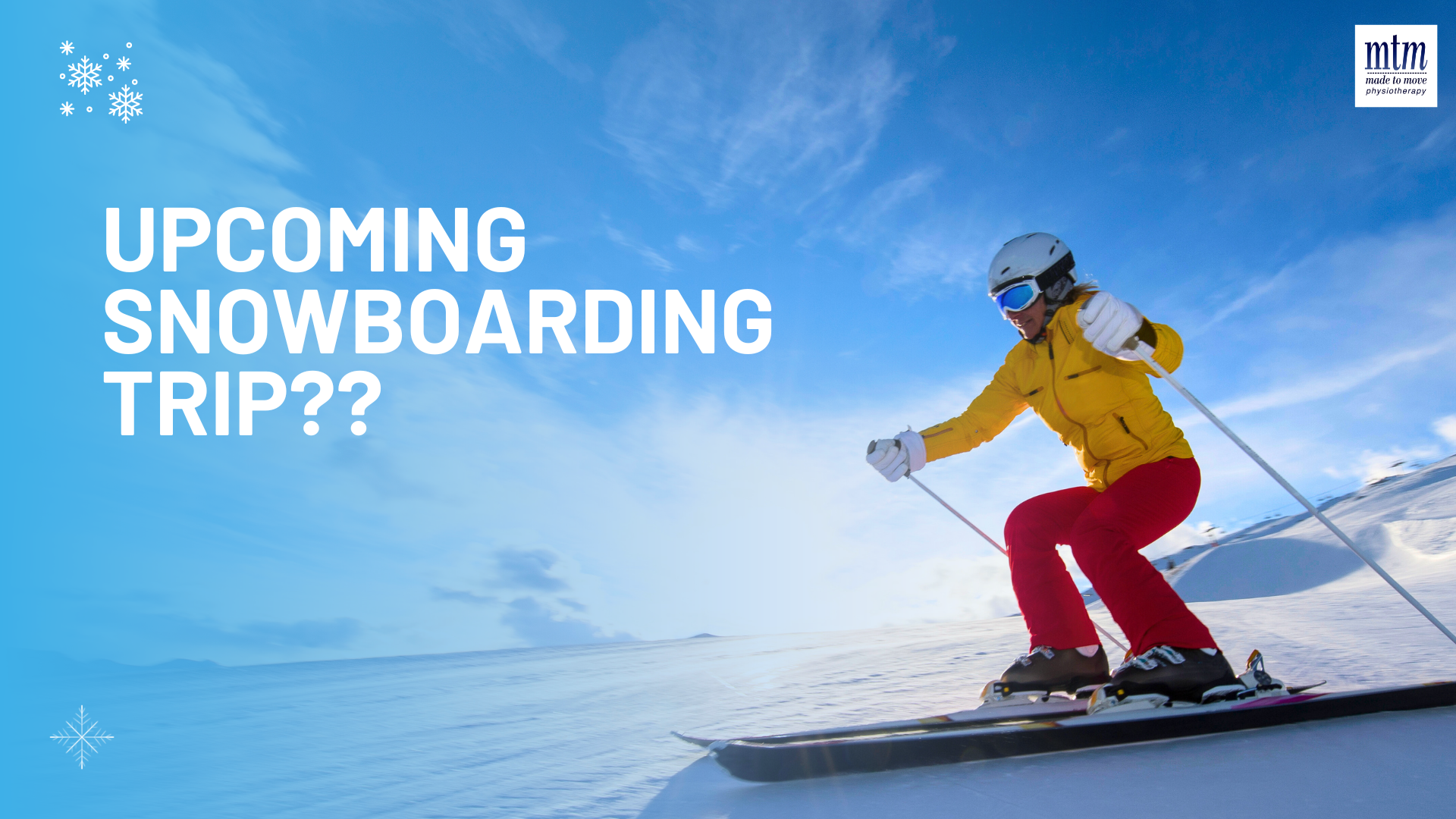
Whether you are a first-timer starting on the bunny hill, a black diamond veteran, or anywhere in between, it is vital that you go prepared. Yes – make sure you have all the right gear but more importantly, make sure your body is ready. Skiing or snowboarding is physically demanding, whatever your ability level, so to avoid injury and to get the most out of your days on the slopes it is really important to do some pre-trip training. Having a good baseline fitness will help, but like any sport, a sport-specific strength program is going to make all the difference.
Skiing and snowboarding are largely endurance sports with many runs going for several kilometres. So whether you are on skis or a board, it is important to have cardiovascular fitness, strong legs, core stability, and good balance and proprioception.
Which Muscles Groups?
Starting from the bottom - your calves are a big one! With snowboarding, in particular, you largely control your direction with your calves by shifting your weight to the heel edge or the toe edge of the board. Calf strength is a must, but it is also equally important to have flexibility and good ankle range due to the nature of ski and snowboard boots. Both types of boots require a high degree of ankle dorsiflexion, which means decreasing the angle between your toes and your shin, so if your calves are tight and limit this range, then you will find it much harder to control your skis or board.
Quads and hamstrings – these are the powerhouses! These are the big ones that drive flexion and extension at the knee. So when you have to maintain various degrees of a squat position all the way down the slope, strength and endurance here is really important. Think pushing through deep powder, navigating those moguls or getting the right pop off a feature or big kicker – strong quads and hamstrings are essential! They also play a vital role in supporting the knee joint and will help to prevent injury.
The gluteals – often forgotten but hugely important! Your ‘gluts’ are made up of 3 muscles; maximus, medius and minimus. Now maximus is obviously the big one, and that drives hip extension; so driving up from that squat position and pushing against the snow. Its medius and minimus that often get a little overlooked in training but are especially important on the slopes as they play a big role in hip stability and driving hip abduction. So anytime you’re pushing one leg out to the side or shifting your weight side to side, like that backward lean in powder, this is your glutes working (and working hard!)
Core/abdominals – Now the legs are doing most of the hard work but having a strong core will help protect your back and keep you stable, so you have more control. Regardless of whether you’re on the beginner run, in the park, or off piste through the trees, you’re going to have a lot of direction changes – which means you will need to use your core to keep your body moving in the same direction as your legs. Core stability is a term that is often thrown around but can be pretty vague, and when it comes to exercises, there is much more to it than sit-ups and crunches. It is important to strengthen the superficial muscles such as your rectus abdominis (6 pack muscles) and obliques, as these control your spine through flexion; forward and sideways. But it is equally important, if not more so, to also strengthen the deeper muscles that support the lumbar spine (lower back). And like any sport it is important to keep it as specific as possible, so using long levers (arms and legs) like you would be if you were on a board or skis.
What sorts of exercises?
The running theme here is make it specific! The muscle groups used for skiing or snowboarding are pretty standard, but DO NOT make the mistake of merely ticking the boxes; legs – check, calves – check. Strength is highly specific which means you have to train specific. This means mimicking the movements required on the slopes, which means also taking into account the type of muscle contractions used.
There are 3 different types of muscle contraction; concentric (shortening of the muscle to exert force and drive movement), isometric (static contraction to maintain a position), and eccentric (lengthening of the muscle to absorb force). A lot of general strength programs have a heavy focus on concentric exercises, but in the snow, all three are used heavily with eccentric actions playing a significant role. Due to the effect of gravity and the downhill nature of skiing/snowboarding, while controlling speed, eccentric strength is required to absorb force and control landing and downward movements. Therefore your training exercises need to incorporate all three.
The other important aspect is balance and proprioception - which relates spatial awareness and the perception of movement. Due to the dynamic nature of the sport and the reliance on external conditions, good spatial awareness and the ability to adapt your movement is crucial. Exercises that challenge your stability and lower limb proprioception such as lateral jumping, standing exercises on a Bosu or Pilates Reformer are going to set you in good stead for navigating the slopes.
Key Points:
- Get started as soon as your dates are set! Don’t leave it too late, bearing in mind that it takes about 6 weeks to see tissue changes
- Cardiovascular fitness – specific can be tricky, skating is ideal but anything (running, cycling, swimming) will help
- Flexibility – whole body stretches with a particular focus around the ankle, knee and hip
- Strength and endurance with a big emphasis on the legs and core and make it SPECIFIC!
- Balance and proprioception – challenge your balance and improve your stability
Need some help?
Our resident Exercise Physiologist, Jess is an avid snowboarder herself and has spent a great deal of time in the snow. She specialises in rehabilitation and exercise programming as well as Pilates. So whether you are a beginner or have an old injury or just need some help with specific exercises, she can tailor a ski/snowboarding strength program to you so that you are ready to hit the slopes.
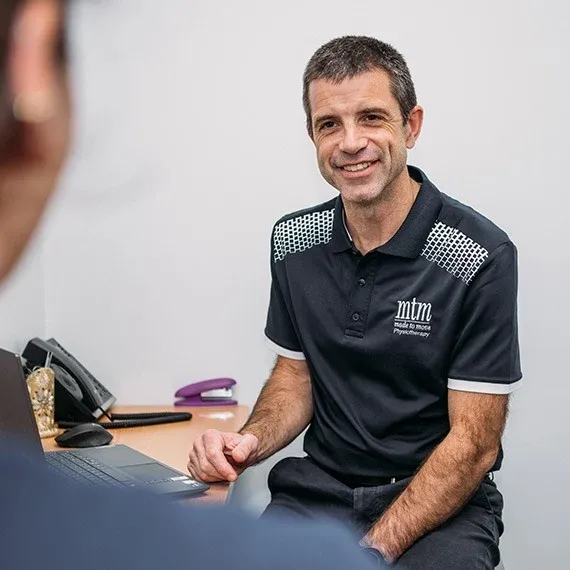
Ask a Physio
Not sure whether you are appropriate for Physiotherapy?
Fill out the form and one of our physiotherapists will be in touch with you within 24 hours.











